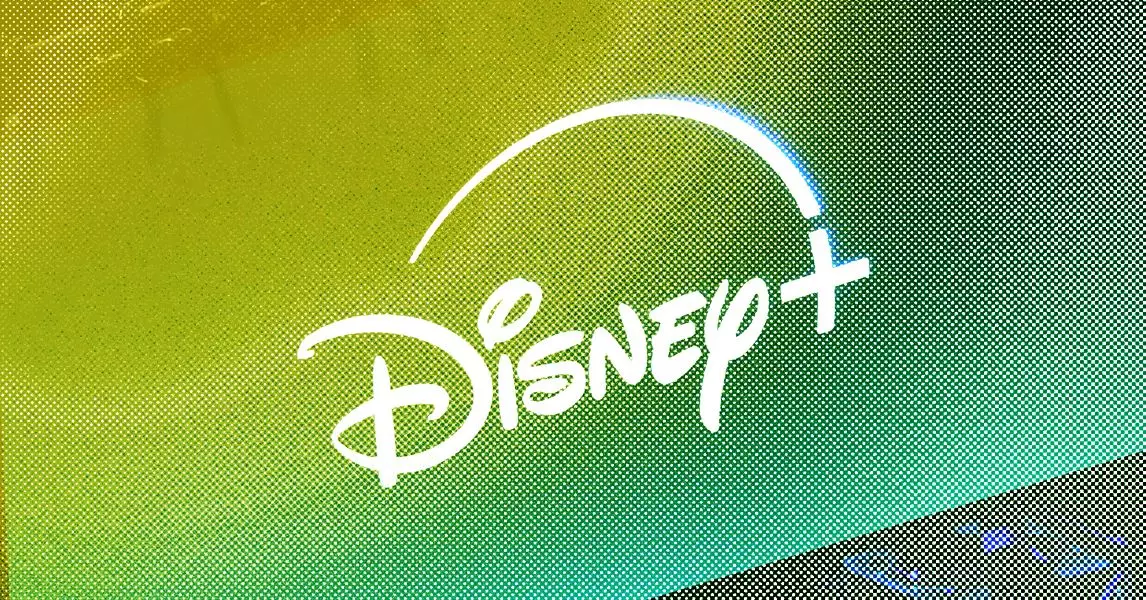The publishing industry stands at a critical juncture, largely impacted by the emergence of artificial intelligence (AI) technologies. As the dawn of AI-generated content rises, so does a pressing concern about the integrity of original works. The digital landscape is blitzing with a new form of content, unbecomingly tagged as “AI slop.” This term is not mere jargon; it encapsulates a burgeoning phenomenon of watered-down, low-quality content that muddles genuine discourse and dilutes the essence of journalism.
The word “slop” resonates with a certain contempt—it hints at carelessness and a lack of substance. AI slop refers to that insipid content culled from algorithms instead of thoughtful human insight. With the rise of generative technologies, we are now besieged by this virtual detritus, which often masquerades as legitimate news and information, clouding the critical judgments of readers and consumers alike. It raises questions not just about quality, but also about our ethical responsibilities as content creators and consumers of information.
From Creativity to Mediocrity
One of the most unsettling aspects of AI slop is its capabilities to infiltrate various sectors under the guise of sophisticated innovation. A stark example was illustrated recently when both the Chicago Sun-Times and the Philadelphia Inquirer unveiled special summer reading lists. Shockingly, these lists were riddled with fictitious titles and non-existent authors, purely concocted by algorithmic machinations. This is an outright affront to both established literary voices and the readers who trust these institutions to uphold standards of truthfulness.
The broader implications are staggering. Generative AI models are not merely replacing human output; they are amplifying the mundane. This shift raises existential questions for journalistic integrity. As creators, we must be vigilant about quality. It is not enough to rely on technological streams; instead, we need to ensure that what we produce remains engaging, credible, and meaningful.
The Aesthetic of Degradation
In a world where “slop” has established a foothold, we confront a concerning downgrading of standards dubbed the “enshittification” of the internet. Coined by tech commentator Cory Doctorow, this term conveys a landscape increasingly filled with spam-like content that feels like an affront to intelligent discourse. Just as slop may seem harmless or even amusing at first glance—like an AI-generated video of Donald Trump and Jesus frolicking—it’s important to understand its implications in a world where such fabrications seep into the very fabric of our social-media-driven realities.
Even more worrying is the realization that AI-generated content can sometimes outperform well-researched pieces in terms of reach and engagement, particularly on platforms like LinkedIn. Statistics indicate that over half of longer blog posts on this platform are likely AI-generated, a fact that raises eyebrows. While the site claims to monitor the quality of posts, the generic output yielded by AI algorithms harmonizes with LinkedIn’s professional but often bland narrative. Herein lies a paradox: what is “effective” may not be “good.”
The Emotional Toll on Journalists
The pervasive presence of AI slop poses not just a threat to journalistic institutions but also takes an emotional toll on those who strive to produce quality content. In this maelstrom, journalists grapple with declining engagement and traffic, often attributed to the rise of algorithm-driven content that caters to clicks over authenticity. As the competition for readership intensifies and platforms like Google evolve their algorithms, the challenges grow increasingly daunting.
For a field already embroiled in existential crises—between the decline of traditional media, rapid technological advancement, and the rise of misinformation—the advent of AI slop feels like a cruel paradox. The editors, reporters, and creatives piling in the trenches feel besieged. While AI can churn out content at breakneck speed, this frenetic cycle compromises the reflective, humane aspect of storytelling that has always been our hallmark.
It’s clear that as content creators, we are at a crossroads. We must collectively address the ramifications of AI slop on the practices we hold dear. We must not accept the downgrading of content quality and must promote a dialogue centered around the integrity of information. As we venture into this evolving landscape, there is an urgent need for vigilance. Only by advocating for the value of thoughtful, human-centric content can we ensure that we do not allow AI to define our narratives, but rather amplify our distinct voices—voices that are irreplaceably human.


Leave a Reply